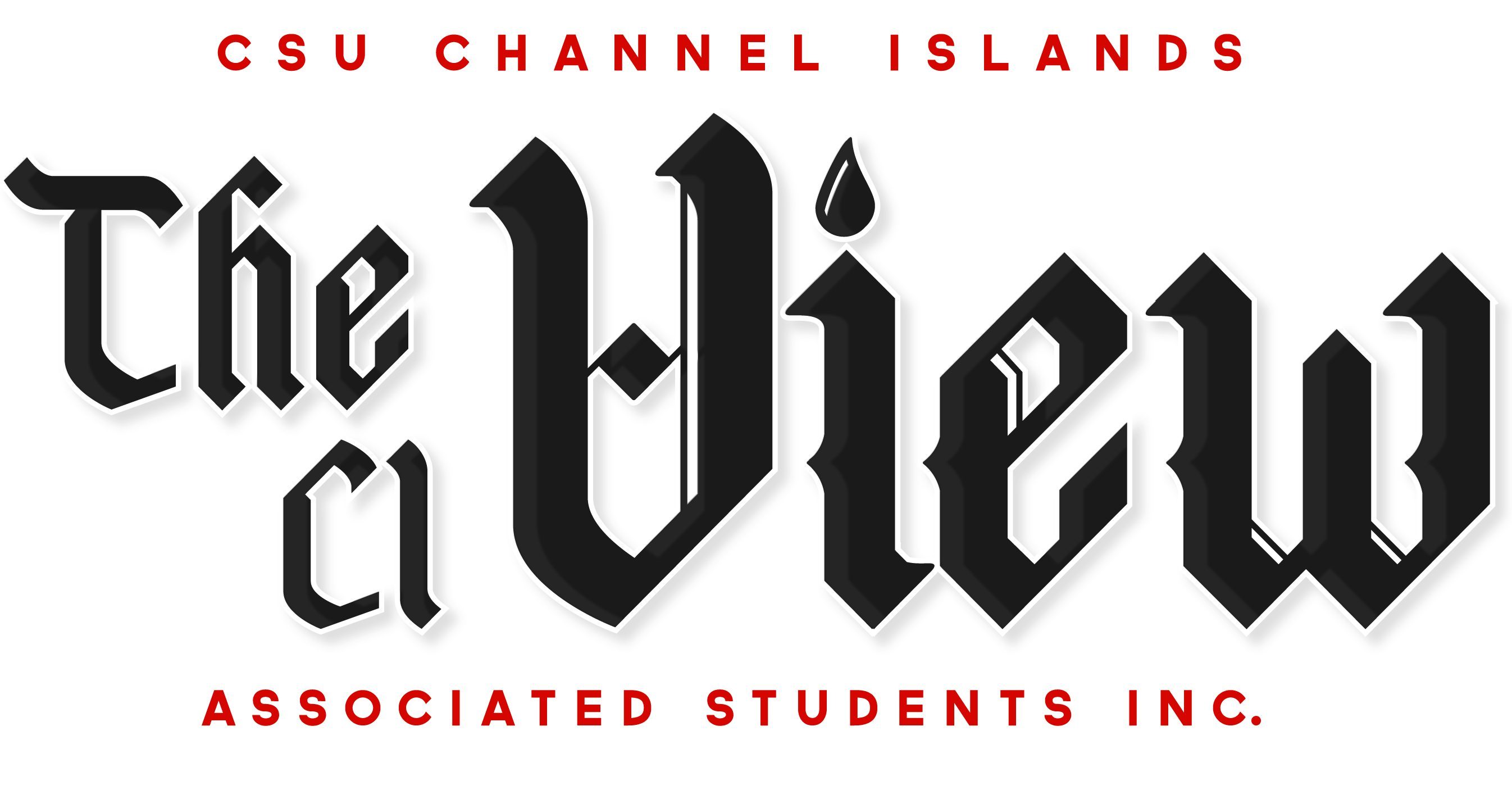By Sergio Mercado
A model minority is an ethnic or racial group that is able to attain socioeconomic success, despite being a minority population. In the U.S., this title is commonly applied to Asian Americans, attributing the relative socioeconomic success of Asian Americans to hard-working personalities and depicting them as wealthy, educated individuals. However, the belief that Asian Americans are a model minority contributes to harmful stereotypes of minorities and needs to be reconsidered.
The first issue with the depiction of Asian Americans as a model minority is that it perpetuates the idea of the “Asian Monolith,” or the idea that all Asians can be lumped together as one homogeneous group. This completely disregards the diversity of culture in Asian and Asian Americans, as well as the disparity in economic standing of Asian Americans.
Asian Americans are the most economically divided ethnic or racial group within the U.S., according to Pew Research. Today, this wealth gap continues to grow. Although Asian Americans stand better socioeconomically than other ethnic or racial groups on average, wealth is concentrated within the higher earners.
Taking a closer look at the socioeconomic status by Asian American ethnic groups, this disparity becomes more clear. According to Pew Research, in 2015, Asian Americans had a poverty rate of 12.1%, versus the U.S. average of 15.1%. However, Hmong, Bhutanese and Burmese populations had poverty rates of 28.3%, 33.3% and 35.0%, respectively. Conversely, Filipino, Japanese and Indian populations had poverty rates of 8.4%, 7.5% and 7.5%.
Choosing to see Asians as a monolith completely removes the context of inequality within the Asian American population, and focusing on the success of Asian Americans “on average” turns a blind eye to poverty within the community. Therefore, Asians should not be seen as a single, successful group, but rather a collection of communities that face a wide breadth of varying issues and successes.
A more damaging aspect of the model minority myth is its use in downplaying the role that race and ethnicity can have in economic success in the U.S., as well as the discrimination that Asian Americans face. NPR states that Asian American success is often attributed to an emphasis on education and hard-working attitudes, but that this erases the history and treatment of Asian Americans and other people of color in the U.S..

Part of the economic success and perception of Asian Americans compared to other minorities is due to the complex history of American immigration policy towards Asians. From 1875 to 1965, immigration of Asians to America was limited by quotas or was outright banned through acts such as the Page Act, the Chinese Exclusion Act and the Immigration act of 1924. Most Asian immigrants at this time were laborers, and limits on immigration were placed due to a fear that Asian workers were stealing employment from white Americans; a “yellow peril.” This was until the Immigration and Nationality Act of 1965, which kept immigration quotas, but allowed for more Asian migrants. It placed a focus on reconnecting families and bringing in workers with “specialized skills.” The selective immigration of “skilled” Asians set the shift in the perception of Asians towards one of a “diligent, educated model minority.”
Attributing Asian American success purely to hard work and education dismisses the treatment of people of color in the U.S. The success of some Asian Americans does not prove that the effects of racism can be overcome through determination.
The racism that any minority faces will always vary from one to another. Therefore, you cannot compare the relative success of some Asian Americans to other people of color to disprove the effects of racism in socioeconomic standing. The socioeconomic success of Asian Americans, compared to other minorities, is not the result of cultural differences, but a part of a long history of xenophobia and discrimination. It was only when Asians Americans were treated more equitably that they were able to progress. Yet, some people still argue that poverty in minority communities is solely the fault of their members and that racism does not play a large role in socioeconomic status.
It is in this way that the model minority myth divides Asian Americans from other people of color. The perpetuation of stereotypes that Asian Americans are educated and wealthy and that other minorities have not found the same success due to laziness splits our communities and distracts us from the true issues of racism. Denial of opportunities, resources and aid are barriers to minority success in the U.S. Labelling Asian Americans as a model minority — a minority that all others should strive to be like — inherently describes other minorities as lesser and disregards the history of racism and discrimination that all minorities have faced in the U.S..
It is hard to deny the existence of racism against Asian Americans when hate crimes targeting them have been at a shocking high. Dismantling the model minority myth and the way Asians are commonly represented will be an important step creating unity and in dispelling the harmful beliefs held by many.
People who have experienced or witnessed anti-AAPI racism in their own community are encouraged to report incidents to stopaapihate.org. In addition, CI offers support to those struggling to deal with racism, identity, or any other issue through the Multicultural Dream Center, as well as through CAPS.
This article is part two in a series covering AAPI racism within the US.

